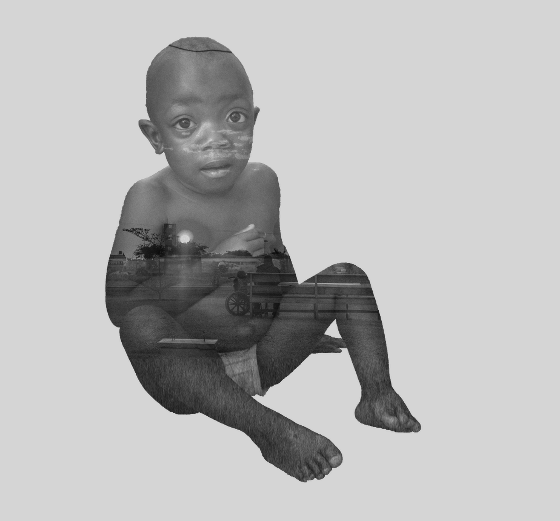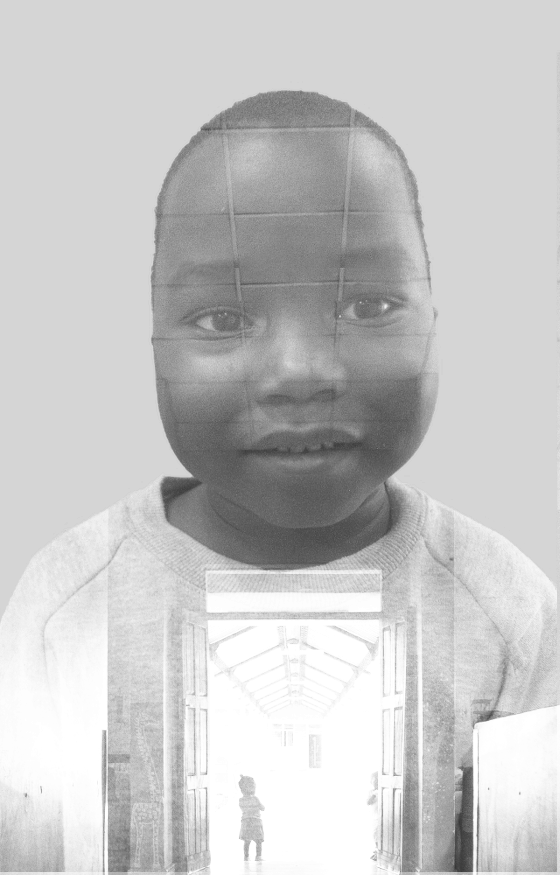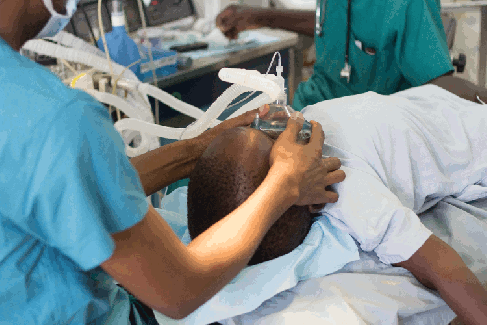I was thinking through how little I know about these children when I take their initial profile picture here at CURE Zambia. For the most part, I don’t know their hopes, fears, dreams, and aspirations. I don’t know what they’ve been through or all that much about their life. There is a lot you can gather from a first impression, but there is so much more that you cannot. Dwelling on this eventually led me to playing with the photography technique of double exposures as an attempt to illustrate these feelings.


But this is my job, to get to know these children. To sit down and ask them what their dreams are, sometimes for the first time in their life. What do they hope for? What are they afraid of? What makes them happy? What makes them sad? And it is through getting to know these children that I have seen Christ.
I have much to learn from these little ones.



